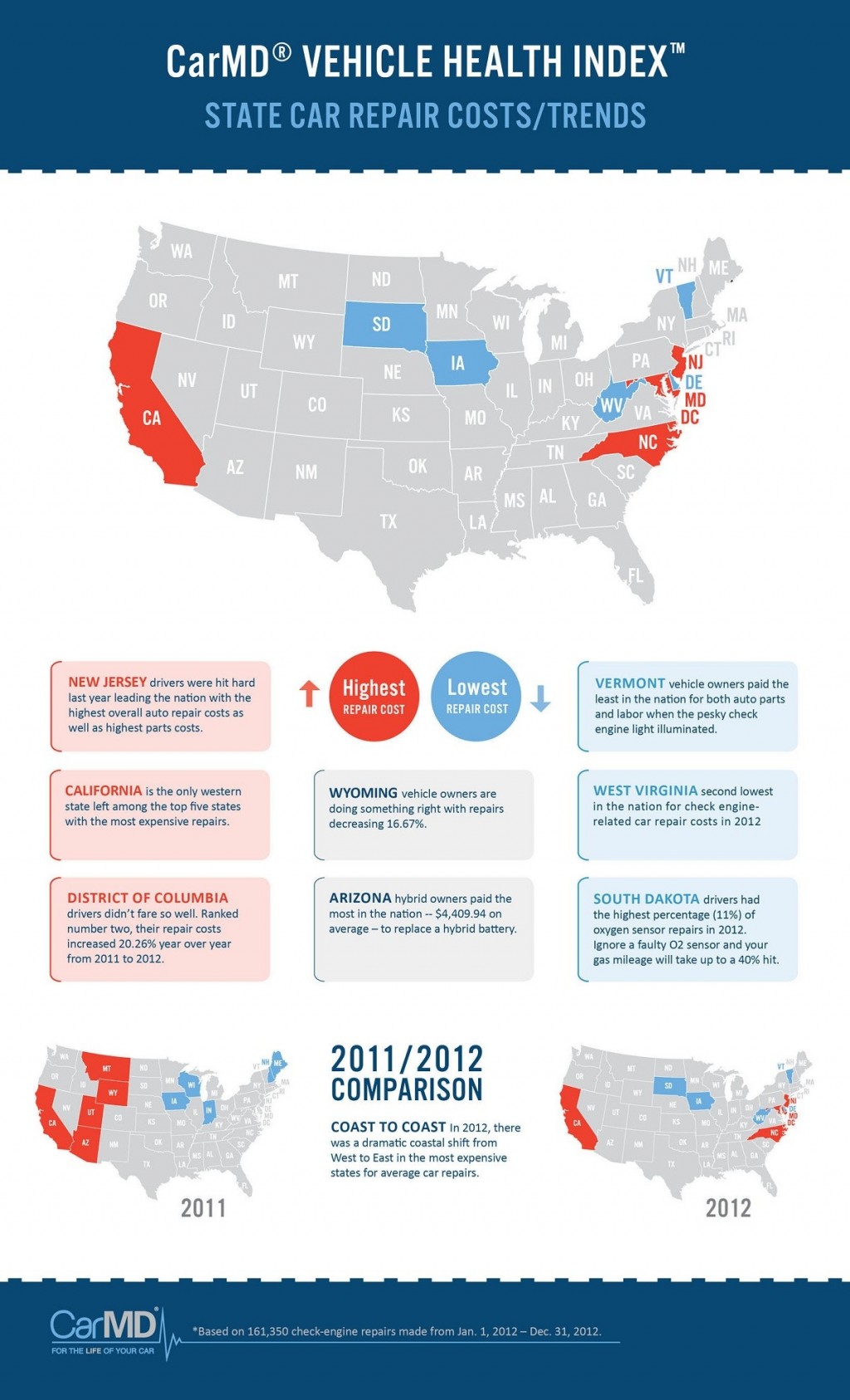When you're behind the wheel, those glowing caution lights on your dashboard can be a bit difficult. Do you recognize what they're attempting to inform you regarding your automobile's wellness? Understanding click this site of these lights is crucial for your safety and security and the longevity of your lorry. So, the following time one of those lights pops up, wouldn't you want to decipher its message properly and take the essential steps to address it?
Common Warning Lights and Interpretations
Recognize typical warning lights in your car and recognize their definitions to guarantee secure driving.
One of the most normal caution lights consist of the check engine light, which indicates concerns with the engine or exhausts system. If this light begins, it's important to have your vehicle inspected quickly.
The oil pressure alerting light indicates low oil stress, needing immediate interest to stop engine damage.
A flashing battery light could suggest a malfunctioning charging system, potentially leaving you stranded otherwise attended to.
The tire pressure monitoring system (TPMS) light signals you to low tire stress, affecting car stability and fuel efficiency. Disregarding this can result in harmful driving problems.
The ABS light shows a problem with the anti-lock braking system, compromising your capability to quit swiftly in emergencies.
Finally, the coolant temperature level alerting light warns of engine getting too hot, which can cause extreme damages if not settled quickly.
Comprehending these typical warning lights will assist you deal with problems promptly and preserve risk-free driving conditions.
Significance of Prompt Attention
Comprehending the common warning lights in your automobile is only the initial step; the importance of immediately addressing these warnings can't be highlighted enough to guarantee your safety and security when traveling.
When a warning light illuminates on your control panel, it's your vehicle's means of interacting a prospective concern that needs focus. Overlooking these cautions can lead to much more severe problems in the future, jeopardizing your safety and security and potentially costing you more in repairs.
Trigger focus to advising lights can stop malfunctions and mishaps. For example, a blinking check engine light can show a misfire that, if left unattended, might trigger damages to the catalytic converter. Addressing brakes can conserve you from an expensive repair service.
In a similar way, a brake system warning light may signify low brake liquid or used brake pads, vital parts for your safety when driving.
Do It Yourself Troubleshooting Tips
If you discover a warning light on your dashboard, there are a couple of do it yourself repairing ideas you can try prior to looking for expert assistance.
The primary step is to consult your car's guidebook to recognize what the certain caution light indicates. Often https://www.governor.virginia.gov/newsroom/news-releases/2022/february/name-928922-en.html can be as basic as a loose gas cap triggering the check engine light. Tightening the gas cap may solve the trouble.
One more typical concern is a reduced battery, which can activate numerous alerting lights. Inspecting the battery links for rust and guaranteeing they're safe and secure could fix the problem.
If a warning light lingers, you can try resetting it by detaching the car's battery for a few minutes and afterwards reconnecting it. Furthermore, checking your automobile's liquid levels, such as oil, coolant, and brake fluid, can aid troubleshoot alerting lights connected to these systems.
Final thought
Finally, comprehending your cars and truck's caution lights is crucial for keeping your car running smoothly and safely. By immediately resolving these alerts and recognizing what they mean, you can prevent costly fixings and prospective malfunctions.
Remember to consult your auto's guidebook for specific information on each alerting light and take action accordingly to make sure a hassle-free driving experience.
Stay educated, stay risk-free when driving!
